The train to Paris
5:45 a.m. – Nick
I spring awake to Isabel’s loud, creaking steps as she walks down the stairs inside our rental apartment. I slept through my alarm and we have a train to Paris to catch. I throw some cold water on my face, pack up quickly and we shuffle out the door to King’s Cross Station.
10:45 a.m. – Nick
Not to keep you guessing, but we made our train. Here’s how my ride went:
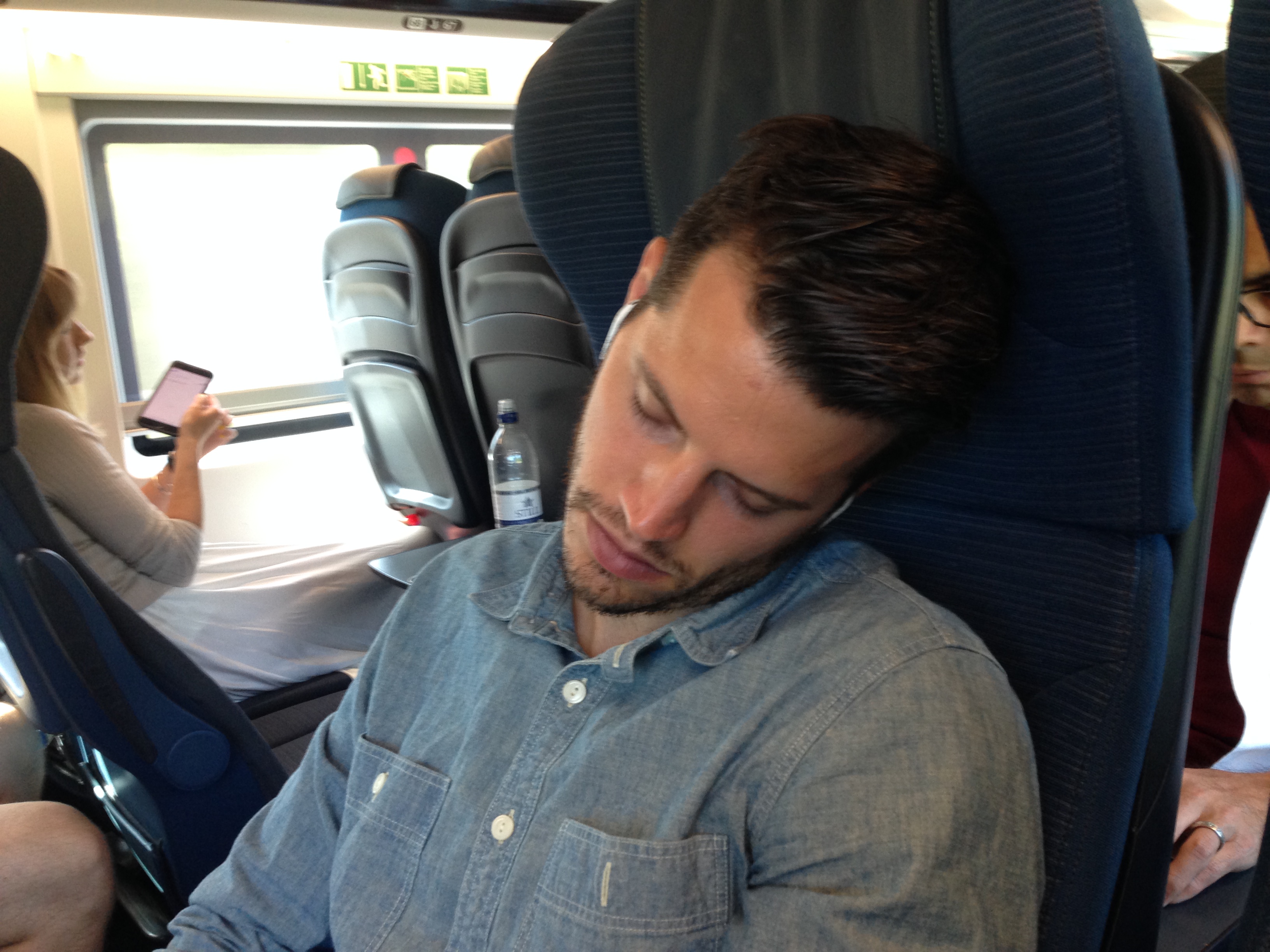
The captain announces that we’ve arrived in Paris and I’m feeling butterflies. I had a brief stint in Paris two years ago and fell in love with the city’s spirit, history, and sheer beauty.
We hop on the metro, ride two stops and an announcement comes through the overhead speakers. It’s in French so we can’t understand what’s being said, but surmise it’s not good news when everyone exits the train, coupled with arms flailing and muttered words that we only can assume to be obscenities. A fellow passenger translates for the clueless-looking Americans that the train is stalled and we’ll have to find another way home. We decide to walk. We later learn that the stoppage was due to country-wide political strikes. Viva la France.
Lunch with French National Circular Economy
12:30 p.m. – Isabel
I’m irritated at the metro mishap and overall pretty exhausted. We grab lunch at an adorable Parisian bistro with Hugo Maurer, Project Manager at the National Institute for the Circular Economy. Maurer is so animated and friendly that I quickly forget my troubles. He informs us that the National Institute for the Circular Economy is reimagining the distribution of resources in cities. The world is running out of natural resources. If companies figure out ways to reuse existing building materials and maximize their use of local resources, they will be protected against natural and political volatility.
Enjoying a Parisian lunch with Hugo from the French National Circular Economy. Talked about the future of building materials/renewable resources and how many materials companies are shifting from a product model to a service model. #BWEuroTrip pic.twitter.com/hygLSgZqKA
— BuiltWorlds (@builtworlds) June 27, 2018
Maurer is particularly enthusiastic about deploying the “as a service” model throughout cities and buildings. For example, if a window company sold windows as a service, it would internalize all of the repair costs, which would cause the company to create the best quality windows possible instead of the cheapest. Furthermore, the company would reduce waste because it would collect and repurpose windows as part of demolition and renovation processes.
2:33 pm – Nick
Maurer and I finish off the chocolate truffles dropped off as complimentary dessert and he escorts us to ESTP, a highly touted French engineering and research graduate school in Paris. It’s where we’re hosting our Meet-Up, which starts in less than two hours.
We didn’t plan to pick up drinks or food because it proved to be too hard logistically, but as we’re walking over, I make the executive decision that we need to pick up some beer and wine, as well as a few snacks. We walk into a grocery store, pick up so much stuff that we consider buying a suitcase to haul it to the venue. We stick everything in our backpacks instead.
Kicking off our Paris Meetup
4:00 p.m. – Isabel
I greet attendees as they walk in the door, answering their “bonjour” with “hello” to signal them to the fact that I do not speak a word of French. We have a really diverse crowd in attendance, from Parisians to Tunisians, from architects to contractors to technologists. They are all enthusiastic to hear about the differences between US and French construction technology.
4:25 p.m. – Nick
The event venue is a small classroom and it’s completely full. Probably around 50 people total. Sophie from ESTP introduces Isabel and me to kick things off, and I explain why BuiltWorlds is in Paris, what we do, and what we hope to accomplish with this meetup.
The speakers are:
- François Bastard, Senior Associate, The Boston Consulting Group (BCG)
- David Vauthrin, Co-Founder & Chief Marketing Officer, FINALCAD
- Yohann Sberro, Business Development Manager, Bouygues Bâtiment HRE
- Édouard Bidault, Europe Business Development Manager, Fieldwire
Our @builtworlds #BWEuroTrip Paris panel with @Bouygues_C @BCG @FieldwireHQ and @dvauthrin 😍 pic.twitter.com/3x6ifgL6Gv
— FINALCAD 🏗👷♀️👷 (@FINAL_CAD) June 27, 2018
BCG Keynote
Francois Bastard from the Boston Consulting Group gives the opening keynote and starts by reporting on the big stats in construction: Responsible for 6% of global GDP, 5-10% of worldwide employment, 25-40% global carbon emissions, largest consumer of raw materials, and needs a 1 trillion dollar annual investment required to close infrastructure gap. He mentions the black mark stat, that productivity in the construction has actually declined in the last 50 years, which made the entire room collectively cringe.
Francois shares a technology survey recently completed by BCG. “The survey found that BIM is the first technology mentioned by CEOs as the expected most impactful new tech in Engineering and Construction.” Isabel and I make eye contact over this. At a BW event earlier this year, we talked specifically about how the construction industry needs to stop celebrating BIM, a technology born in the 1980s. However, we’re sympathetic to the fact that this technology was only recently brought to France.
Panel Discussion with FINALCAD, Bouygues, Fieldwire, BCG, and BuiltWorlds.
The panel discussion is more of a town hall meeting than anything else with audience members frequently weighing in and contributing to the discussion. This is just how we like it.
One of the first questions Isabel asks the group: “We can all agree that the technology is there, so how do we get companies and governments around the world to take the leap and invest?”
FINALCAD’s David Vauthrin cited a story about the importance of industry culture and “killing the silo’s.” He expanded later in a private interview with me: “we need to first make sure that everyone involved, every industry, every stakeholder, benefits from the technology or at the very least, understands why their adoption is important.” Another adoption limitation could be a culture’s adoption philosophy. In the U.S., adoption is typically bottom-up, and in France top-down, and the room universally agrees that a blend of both is probably the best solution.
First, let’s define innovation… if it’s not deployed on the majority of the industry including workers, it’s a failure of digital transformation @dvauthrin #BWEuroTrip pic.twitter.com/0KSXTasK4X
— FINALCAD 🏗👷♀️👷 (@FINAL_CAD) June 27, 2018
We move to Q&A segment and a French construction CEO in the room stands and tells the story of the automotive industry and how Japanese companies disrupted an industry by changing manufacturing processes. We’ve officially moved to the lean construction part of the conversation. “Today, automotive suppliers are large and collaborate with OEMs. In the construction industry, subcontractors are under cost pressure and can’t invest to innovate. This must change.”
Before we conclude, an architect and contractor engage in a debate over the value of BIM. “I don’t see the value. It maximizes the role of the contractor and minimizes my role,” said the architect. We ended with big questions like how to compete with Google and Facebook, and collecting and using data.
“Without data, you can’t measure so you can’t improve. With data you can improve quality, reduce time, and optimize the processes and even the experience for your user,” David added.
7:30 p.m. – Isabel
The event winds down. We’re exhausted but really ecstatic. After all the time I spent finding speakers, developing the event content, and establishing media partnerships to promote the event, I am very proud of the result. There is clearly a hunger for the BuiltWorlds network and the BuiltWorlds approach in Paris.
7:50 p.m. – Nick
Before we head out, I keep Isabel hostage as my videographer and snag a few video interviews, a plate of charcuterie, and connect with a few local Parisians on non-tourist places to check out during our stay. Armed with those, we head out into the city of lights.
Day 2 in Paris
8:30 a.m. – Isabel
Nick and I meet Yohann Sberro, a biz dev manager from Bouygues and close friend of BuiltWorlds, at an intersection in central Paris. He’s chauffeuring and accompanying us on our visit to the Bouygues Construction headquarters, Challenger. It’s a long ride – we learn it’s close to Versailles. I am so exhausted from last night’s Meetup that I keep nodding off in Sberro’s car. I look over and Nick has a half-eaten croissant in his hand and is passed out against the car window, mouth-agape. We’re a duo. #BWEuroTrip
Visit to Top 10 global contractor Bouygues Construction
10:00 a.m. – Isabel
We drive into a security checkpoint at Challenger, park, and walk a path between two reflecting pools. I look around. The campus is massive and beautiful. I remark to the group, “this looks as if Château de Versailles and Silicon Valley had a baby.”
Bouygues built Challenger in the 1980s to showcase its capabilities to the world. Challenger was incredibly innovative for its time. It was one of the first corporate campuses in France. It has shops, a gym, and food stores on site. The campus structure demonstrated to clients that Bouygues could expertly execute large infrastructure projects. Furthermore, Bouygues built the entire building around a central atrium, which maximizes collaboration. All of the employees bump into each other and chat as they move through the space. During the 1980s, fostering collaboration between different business units through architecture was a radically new concept.
1/ Just visited French and top 10 global contractor @Bouygues_C at their Challenger Campus. Thanks to the Open Innovation team for hosting and showing us the prototype for a proper innovation initiative within a construction company. pic.twitter.com/9dr2RWE8DZ
— BuiltWorlds (@builtworlds) June 28, 2018
Bouygues recently renovated Challenger to create a new model for the 21st-century building. During the renovation, Bouygues aimed to make challenger as sustainable as possible while maintaining the Challenger’s pioneering architectural aesthetic. They wanted to use the renovation as an opportunity to test innovative building products and its clear to us the renovation has more than achieved Bouygues’ goals.
Bouygues installed 25,000 square meters of solar panels, including a solar farm on the building’s lawn. The solar panels are angled at five degrees so they look like a lake from the building. While a thirty-degree angle is optimal in the Paris region, Bouygues adjusted the angle to balance the Challenger’s aesthetics with its energy efficiency. Bouygues also incorporated transparent solar panels into the building in order to test the new technology.
Bouygues’ renovation of Challenger accounts for the needs of the twenty first century workforce. Until five years ago, Bouygues employees were not permitted to utilize the Challenger’s outdoor areas. However, as part of the renovation Bouygues developed an outdoor office prototype. So many employees fought over the outdoor office that Bouygues built six more. I wonder if we can feature Challenger at our Future Workforce Conference in November…
10:30 a.m. – Nick
I’ve been quiet this morning because one too many croissants has left me in a carb coma. The Open Innovation team at Bouygues comes to my rescue and offers me an espresso. Let’s make it two.
I have one thing to add about Bouygues’ sustainable efforts: they do all waste water management and water heating and cooling on site. That’s right, they don’t use public infrastructure for water and other energy sources. We walk out and tour the recycled waste lakes and the cooling and heating systems. All in, Challenger is energy positive, meaning that it produces excess energy, which Bouygues sells to the grid.
11:10 a.m. – Isabel
We meander our way to “The Cockpit,” a prototype for the Bouygues Smart Cities initiative. Bouygues recently won a contract to transform Dijon into the first smart city in France. As part of the bid process, Bouygues built a prototype command center to show Dijon its capabilities. The real cockpit in Dijon performs a plethora of tasks, from controlling street lights to collecting data on the flow of people through the city. City officials from all over France are flocking to the Challenger’s cockpit to learn how they can make their cities as smart as Dijon. The cockpit feels a bit dystopian. I can imagine the government going big brother from the cockpit, tracking everyone from one central location. We’re not there yet, but there could be a dark side to smart cities.
After touring the Cockpit, Maxim Chamillard, the Innovation Sourcing Manager here, shows us the robust innovation program at Bouygues. The innovation program includes three branches: 1) the Startup Initiative, 2) the New Value program, and 3) the Virtual Reality team.
4/ The Open Innovation team has three divisions that try to integrate effective technology within the broader company: 1. Startup Initiative (sources startups and tests products) 2. New Value (beta test and incubate new ideas) 3. Reality Design team (leverages AR/VR for projects) pic.twitter.com/VG2EyZHMoD
— BuiltWorlds (@builtworlds) June 28, 2018
The Startup Initiative team searches internationally for new startups that focus on any aspect of the lifecycle of a building. Bouygues sources the startups through its relationships with venture capitalists and incubators as well as through recommendations from Bouygues employees. After researching a startup and determining that it may be useful to Bouygues, the Startup Initiative team tests the product on a real job site.
The New Value program is Bouygues’ internal incubator and accelerator. Bouygues employees who have an idea for a new product apply the year-long program. If they are selected, Bouygues helps the employees determine product market fit. If the New Value team determines the product is well conceived, the employees are granted the opportunity to spend all of their time developing the product.
The Virtual Reality team deploys VR technology throughout the company for job site safety training and to display unfinished projects to clients. Nick took Bouygues VR tech for a spin, completing a short VR job site safety training module. I am very grateful he’s not a field worker! The guy would lose a limb in a hurry.
12:01 p.m. – Nick
We’re scheduled to meet with another major French contractor, Vinci Construction, soon so we need to head out. We say our au revoirs and merci’s. In short, I left thinking this is what a modern construction firm should look like. But I’ll save the rest of my thoughts about the Bouygues visit. I recorded a segment about it for the Vlog.
On the train back, we pass Versailles, La Defense (France’s equivalent of the Pentagon), and see the Eiffel Tower in the distance towering over grids of trees and bustling streets.
Visit to Leonard of Vinci Construction (also a top 10 global contractor)
2:00 p.m. – Isabel
We’ve found Vinci’s Leonard. Vinci is one of the largest construction companies in the world. Vinci subsidiaries build everything from roads to airports to power plants to apartment buildings. Leonard is Vinci’s internal accelerator. It is a sleek, modern, modest-sized building tucked away in the quiet 11th arrondissement. It reminds me of a WeWork. Leonard’s Data Lab Manager, Bruno Daunay meets Nick and me to give us a tour.
Wrapping up our visit to @WeAreLeonard, the innovation lab for top French contractor @VINCIConstruc. The lab is home to an incubator to birth new ideas and concepts, an accelerator to test those ideas, and a co-working community to build with. #BWEuroTrip pic.twitter.com/rkq2HHnXHY
— BuiltWorlds (@builtworlds) June 28, 2018
Bruno explains to us that Vinci created Leonard to promote collaboration within the company. Vinci is incredibly decentralized. There is a small executive team and a large number of subsidiaries, which compete with each other for the same projects. Bruno believes the decentralized structure is positive because it helps the business units maintain a startup mindset. Each section of Vinci knows it must make money independently in order to survive. The business units are often forced to compete with one another for jobs, which compels them to optimize and innovate. Due to the competition, the different sections of the company do not share innovative techniques with each other. Therefore, the executive team at Vinci created Leonard. Leonard tries to convince all the parts of Vinci, “if your open, you will grow. You will have a place for your business and others will have a place for their’s.”
Leonard is devoted to supporting startups in the built space and developing “intrapreneurs,” entrepreneurs who emerge internally from Vinci. Any Vinci employee can apply to Leonard’s intrapreneur program. If selected, the employee spends four months developing her idea into a product. Leonard then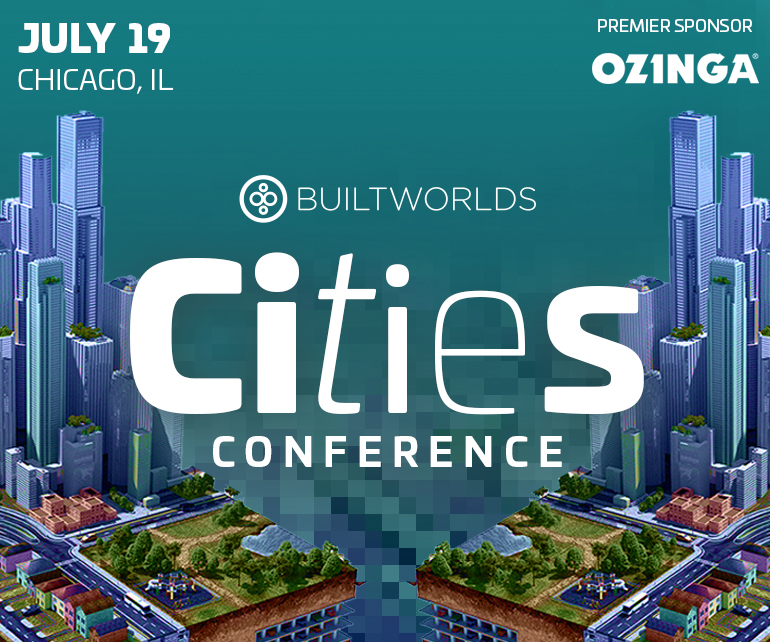 assesses the product and, if it is viable, the employees spend an additional four months further developing the product as their full-time job.
assesses the product and, if it is viable, the employees spend an additional four months further developing the product as their full-time job.
I notice a sign as we continue the tour that says, “La Fabrique de la Cite.” Thinking about our upcoming Cities Conference, I ask Bruno to translate it for me. He informs me that it is a Vinci initiative devoted to exploring the future of cities. He brings me to Marie Baleo, the Publication Manager of La Fabrique de la Cite who explains to us that the initiative is a think tank for urban innovation in mobility, construction, energy, and planning. They write about ten research reports a year and put on events to promote thought leadership. Nick begins to explain the BuiltWorlds Events and Insights programs. Marie is very interested in our work and we all start to brainstorm ways BuiltWorlds and La Fabrique de la Cite can collaborate.
3:30 p.m. – Nick
I’m active with my camera at this visit, snapping as many photo of the space as I can. It’s that cool. Foosball tables, theatre seating, the famous egg chairs, multiple cafes, whiteboards line the open space. It’s the prototypical startup innovation lab. But it’s not over-the-top. It’s just right. I want to work in this office.
Leonard also has a co-working space and Bruno invites us to stay and work, so we set up shop for the afternoon. I take a moment to reflect and realize the Leonard visit officially ends my meetings for the day and I’m scheduled to fly back to Chicago tomorrow. #BWEuroTrip is winding down. I record a segment for the Vlog and decide I need to take advantage of my surroundings. I head out to Musee D’Orsay to view some Monets, Degas, and Cezzanes.
Day 3 in Paris (AKA Bonus round)
10:30 a.m. – Isabel
One of my contacts at FINALCAD informs me there is someone I have to meet – Robin Rivaton of RealEstec. Since my train back to London isn’t until 4:00pm, I decide to take the last minute meeting. So much for my dreams of seeing the Louvre.
I meet Robin in a Starbucks near the Opera 7 train stop. “This must be the most beautiful Starbucks in the World,” I exclaim to him. The ceilings and walls are covered with gilded moldings and oil paintings.
Robin informs me that Realestec is the first prop tech venture fund in continental Europe. Robin started the fund in January of 2017 and just quit his day job last month to run the fund full time. He’s in the process of raising 50 million euro to invest in European startups. Robin invites me to Realestech’s flagship event in January 2019, where he will have over 400 people and fifty CEOs from established European real estate companies. He also offers to help us promote our next event in Europe to his extensive network. I guess it’s time to start planning the 2019 BuiltWorlds European Conference!
Chatting about prop tech investment with @RobinRivaton or @RealEstech in the world’s most beautiful Starbucks! #BWEuroTrip pic.twitter.com/MWEMSnHwHI
— BuiltWorlds (@builtworlds) June 29, 2018
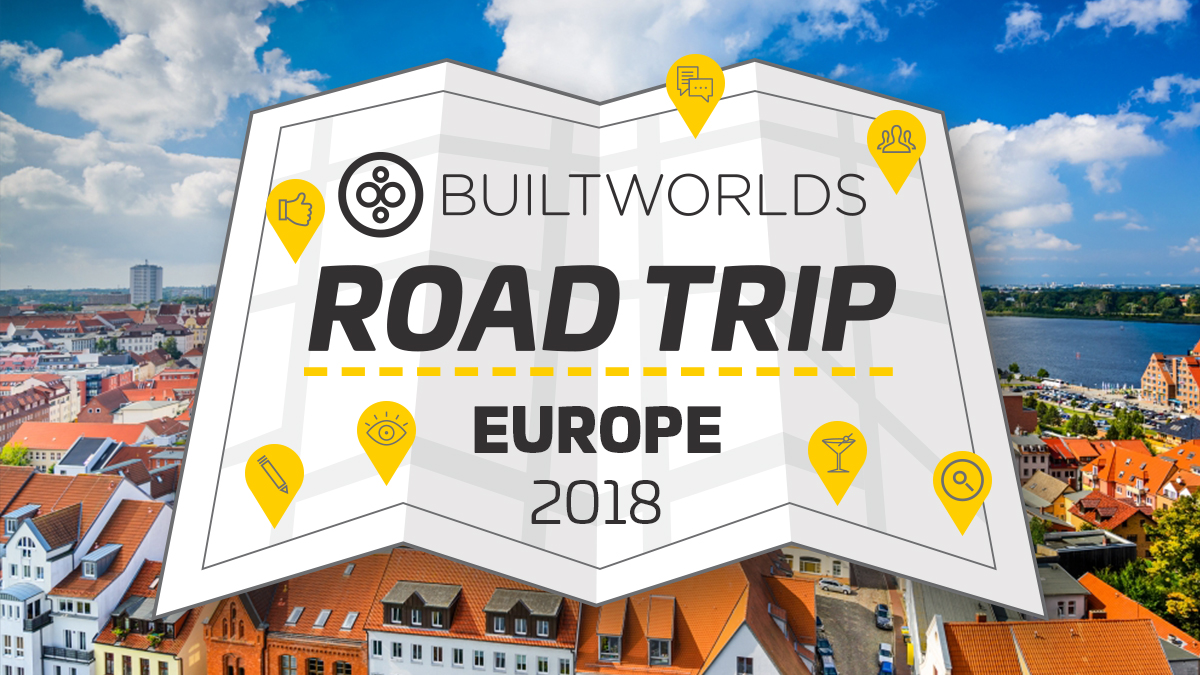 This wraps up our coverage of #BWEuroTrip. The hunger for built world innovation in Europe is apparent. It was a pleasure having you join us digitally for our journeys. A special thanks to all of our trip partners (FinalCAD, Microdesk, Buro Happold) and everyone else who joined us along the way.
This wraps up our coverage of #BWEuroTrip. The hunger for built world innovation in Europe is apparent. It was a pleasure having you join us digitally for our journeys. A special thanks to all of our trip partners (FinalCAD, Microdesk, Buro Happold) and everyone else who joined us along the way.
If you are interested in what we’ve got coming up next, here’s a brief rundown:
- Cities Conference
- Buildings 2.0 Conference
- Research Initiatives coming out soon
- BuiltWorlds Hackathon 2018
The BuiltWorlds Road Trip: Europe was made possible by:

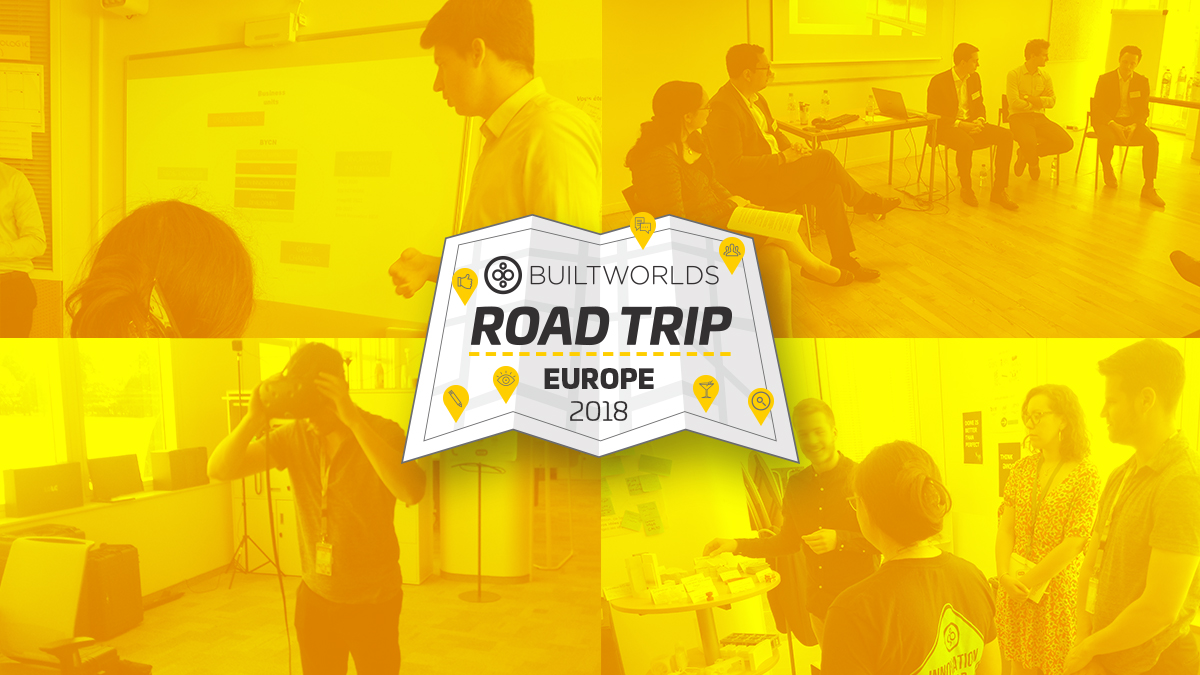
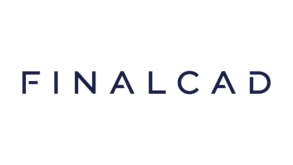
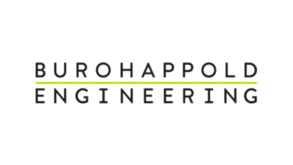


Discussion
Be the first to leave a comment.
You must be a member of the BuiltWorlds community to join the discussion.